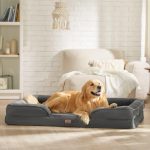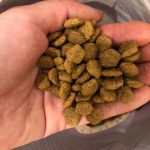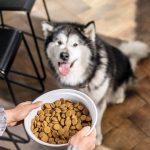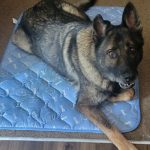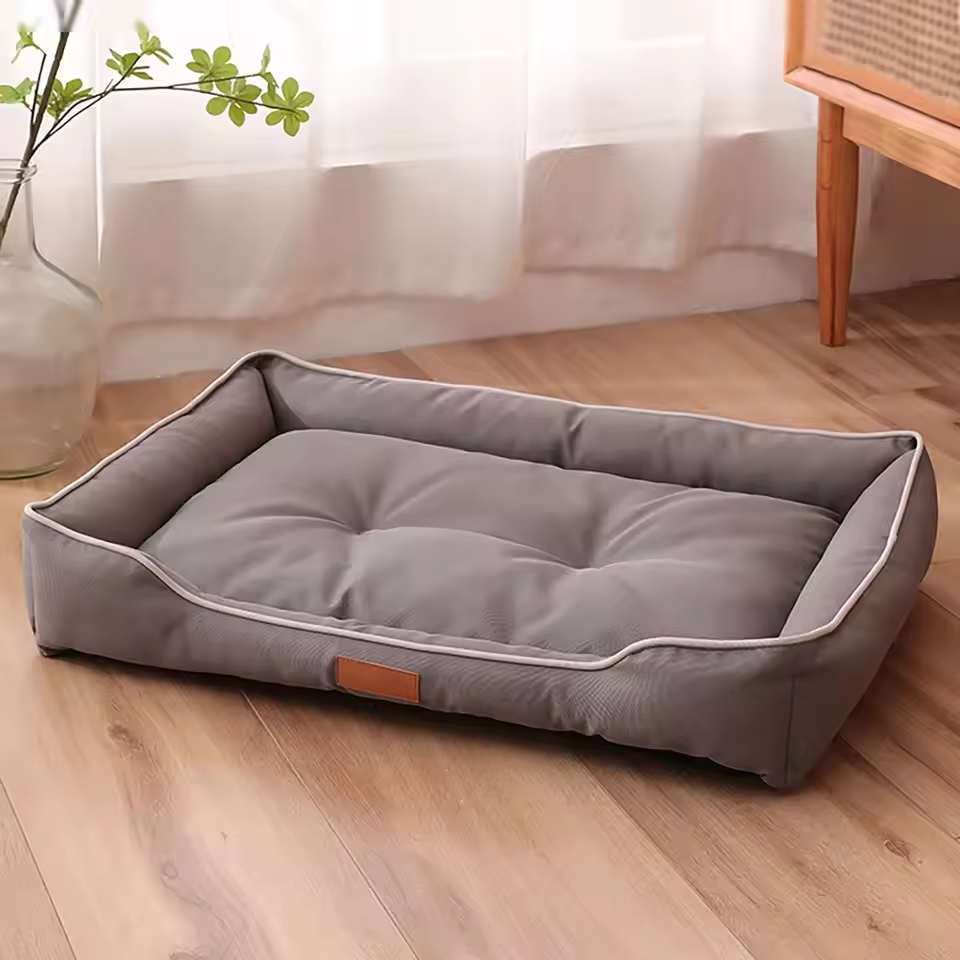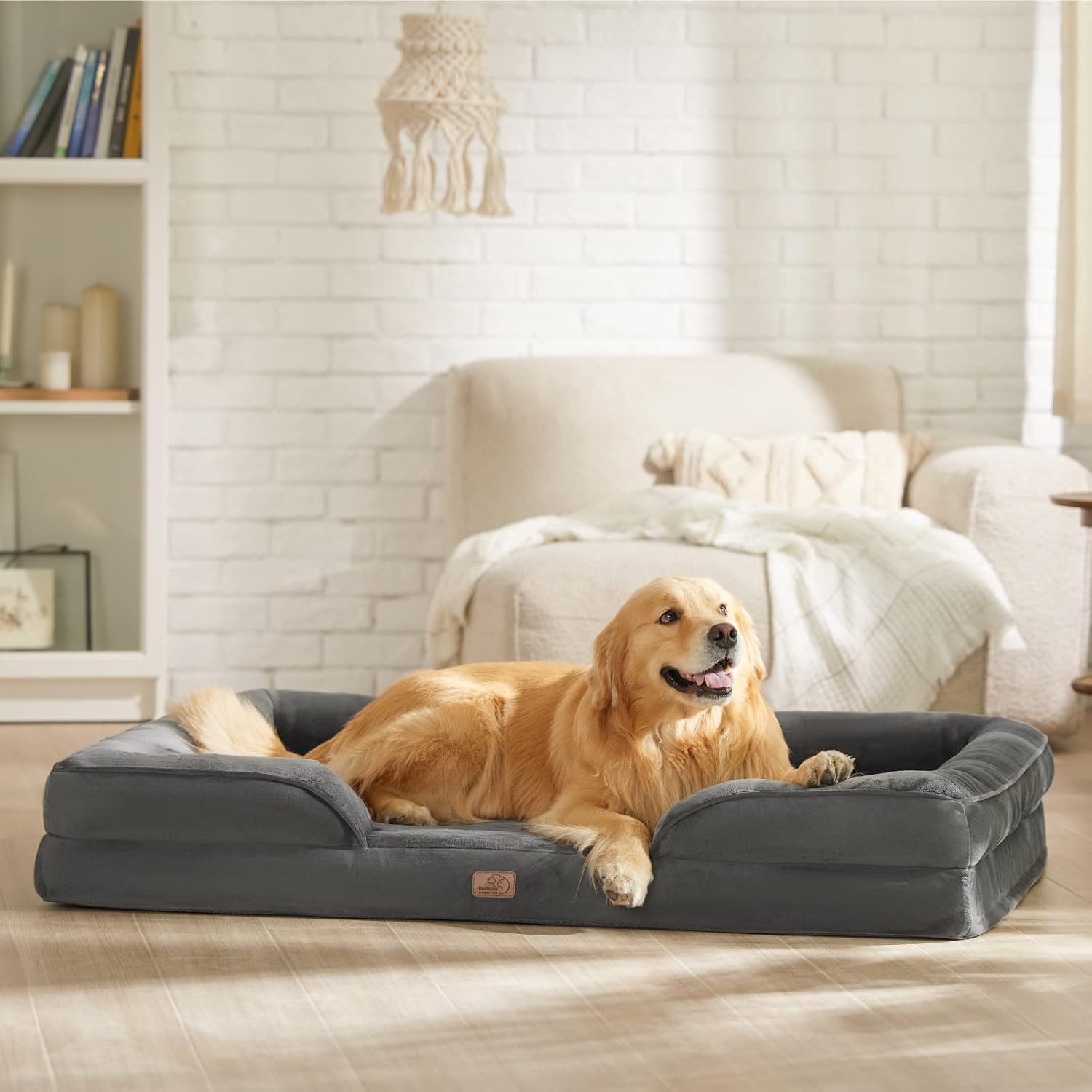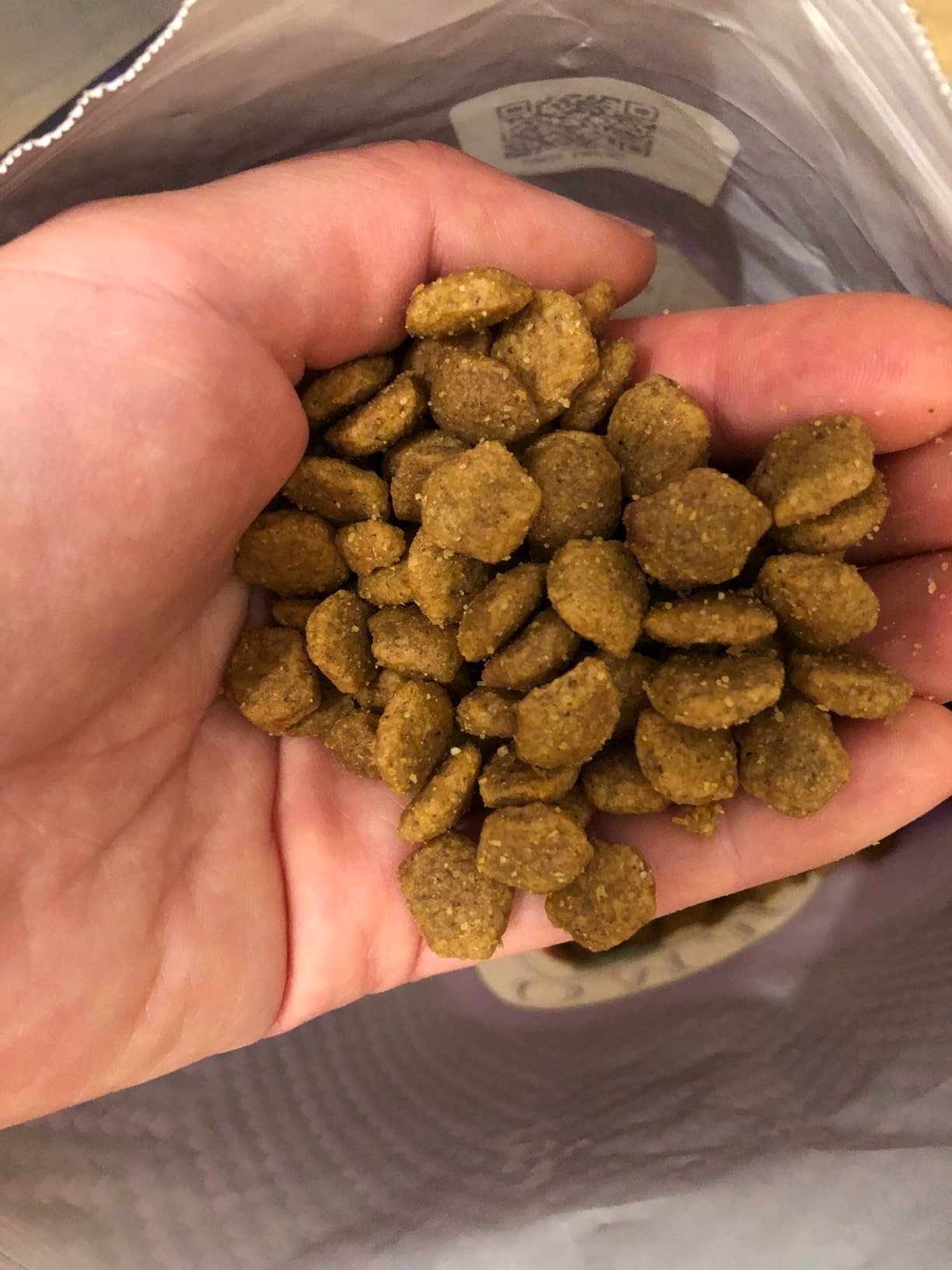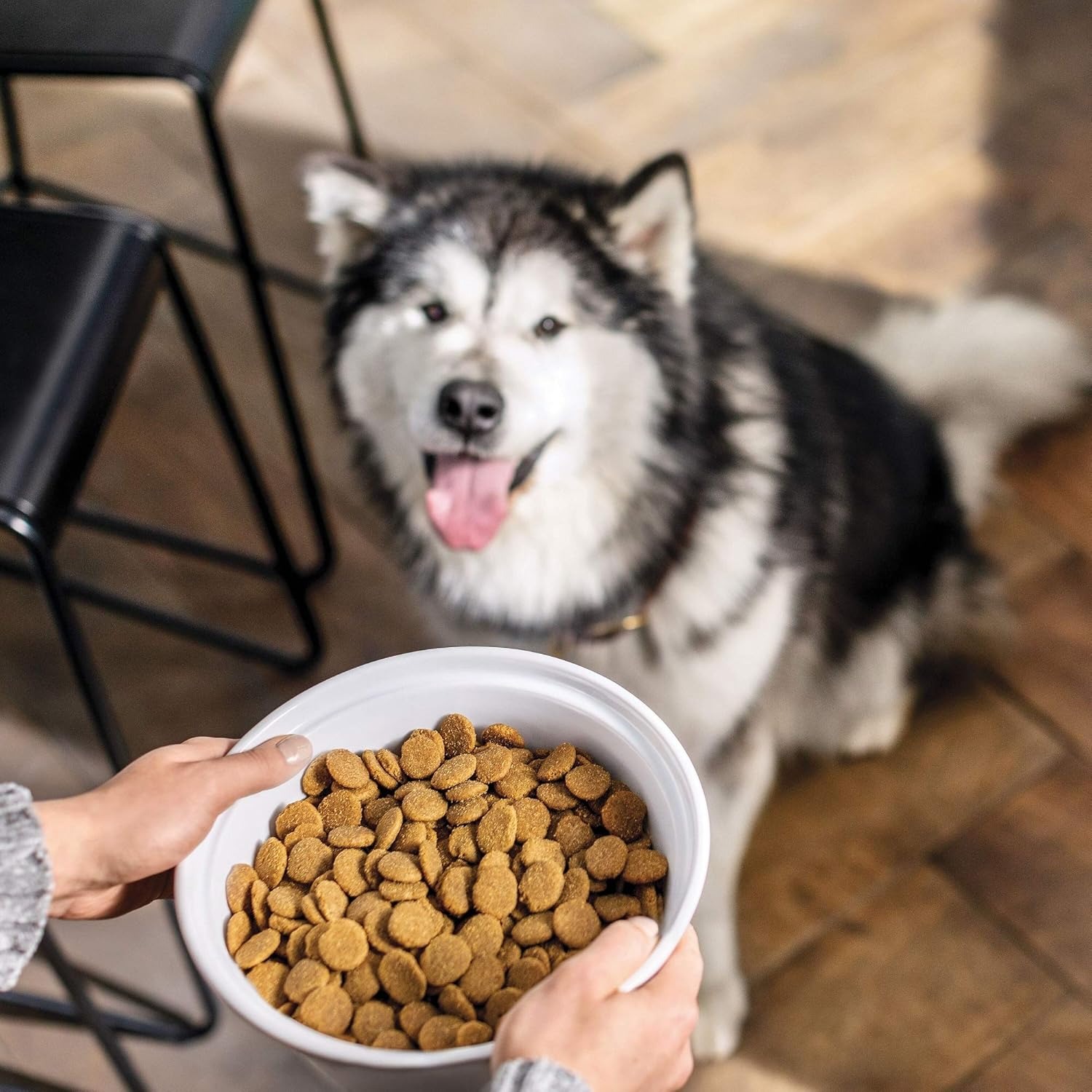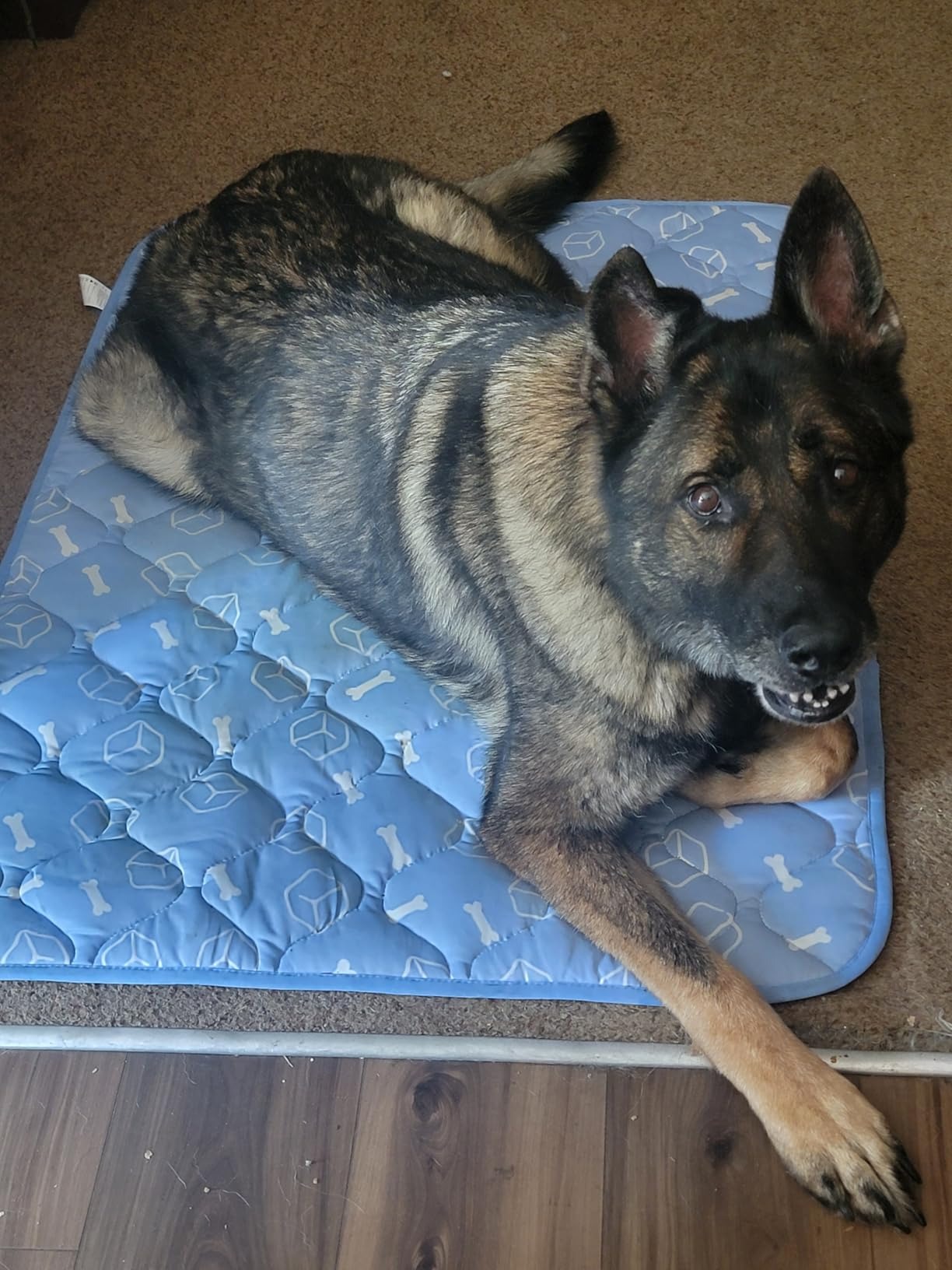Introduction to Dog Clothes: Why Pets Need Proper Attire
Dog clothes are more than just a fashion statement—they serve practical purposes like protection, warmth, and identification. While some pets naturally have thick coats to shield them from the elements, others, especially small breeds or short-haired dogs, benefit greatly from wearing dog clothes in extreme weather conditions. Additionally, dog clothes can help manage medical needs, such as post-surgery compression wear or cooling vests for overheating breeds. Whether you’re dressing your pet for a cold winter day or a sunny summer outing, choosing the right dog clothes ensures both comfort and functionality.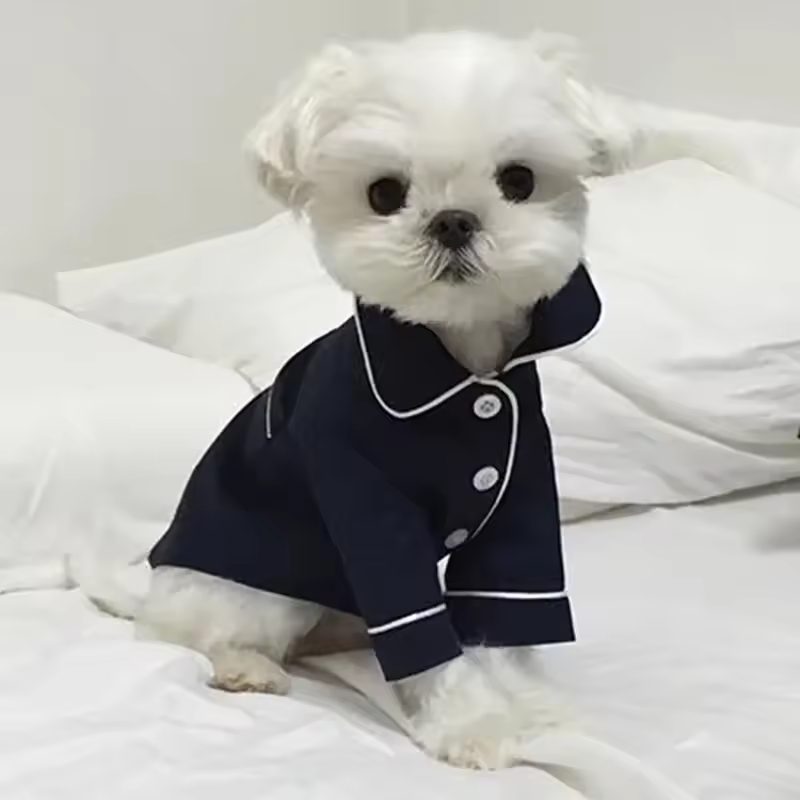
The market for dog clothes has expanded dramatically, offering everything from cozy sweaters to waterproof jackets and even formal attire for special occasions. However, selecting the right outfit requires understanding your pet’s size, breed, activity level, and specific needs. In this guide, we’ll explore the essentials of dog clothes, including how to choose, measure, and care for your pet’s wardrobe, ensuring your furry friend stays stylish and safe year-round.
Key Considerations When Choosing Dog Clothes
Selecting the right dog clothes involves balancing style, comfort, and practicality. Here are the key factors to consider:
- Breed and Size:
- Small Breeds: Require lightweight, snug-fitting outfits to prevent slipping.
- Large Breeds: Need durable, breathable materials for mobility and heat management.
- Short-Haired Breeds: Benefit from insulating layers in cold weather.
- Purpose:
- Seasonal Protection: Winter coats for cold weather, summer cooling vests, or waterproof raincoats.
- Medical Needs: Supportive bandages, compression shirts, or orthopedic gear for older dogs.
- Activity Level: High-mobility designs for active breeds vs. relaxed styles for sedentary pets.
- Material:
- Cotton: Soft and breathable, ideal for mild weather.
- Polyester: Durable and moisture-resistant, suitable for outdoor activities.
- Fleece: Insulating for cold climates but may overheat smaller dogs.
- Eco-Friendly Fabrics: Organic hemp or recycled materials for sustainability-conscious owners.
- Design and Fit:
- Look for adjustable straps, elastic waistbands, or Velcro closures for a secure fit.
- Avoid tight seams that restrict movement or cause chafing.
- Consider reflective elements for nighttime visibility during walks.
- Ease of Use:
- Easy-to-put-on-and-remove designs save time, especially for anxious or elderly dogs.
- Opt for no-zip or no-button styles to simplify dressing and undressing.
By prioritizing these considerations, you can find dog clothes that meet your pet’s needs while enhancing their comfort and confidence.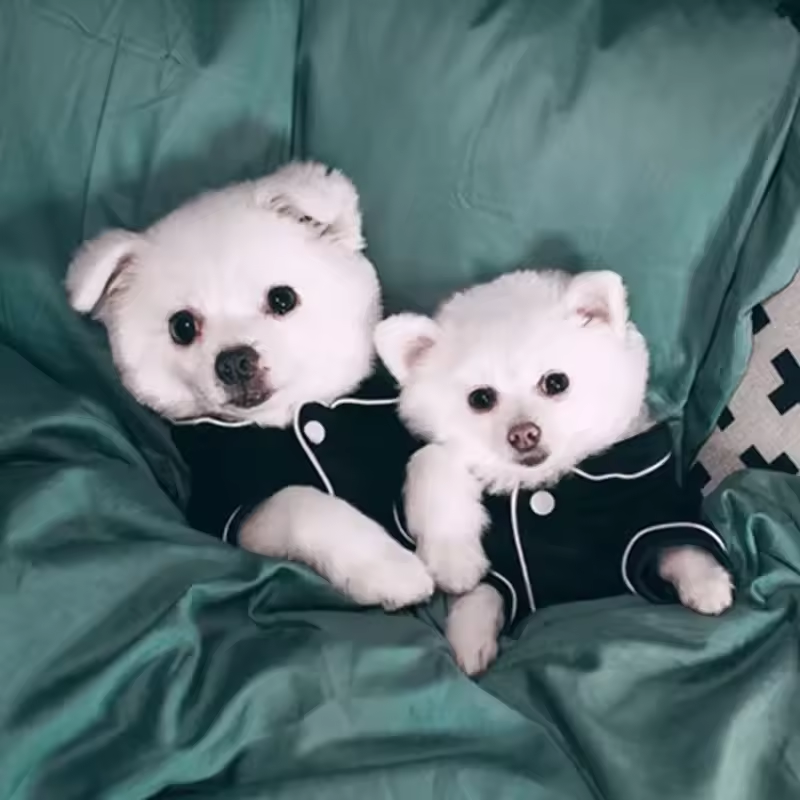
Types of Dog Clothes for Different Seasons
Dog clothes vary significantly depending on the season and climate. Here’s a breakdown of the most common types:
- Winter Clothing:
- Sweaters and Coats: Insulate against cold temperatures. Opt for long-sleeved styles for full coverage.
- Booties: Protect paws from ice, salt, or rough terrain.
- Heated Vests: Battery-powered options for extreme cold, though they require careful monitoring.
- Summer Clothing:
- Cooling Vests: Made with moisture-wicking fabric or gel inserts to regulate body temperature.
- Lightweight Raincoats: Keep dogs dry during sudden downpours without trapping heat.
- Sun Protection Gear: UV-resistant shirts or hats for dogs with thin coats.
- Spring and Fall Clothing:
- Layered Outfits: Breathable jackets or bandanas for transitional weather.
- Allergen-Resistant Fabrics: Ideal for dogs sensitive to pollen or dust.
- Special Occasions:
- Costumes: Fun outfits for holidays or parties, such as Halloween costumes or festive sweaters.
- Formal Wear: Elegantly designed outfits for dog shows or family photos.
For example, a cute dog clothes set with a bow tie and matching collar is perfect for a pet’s first birthday party. Always test new outfits in a safe, controlled environment to ensure your dog’s comfort.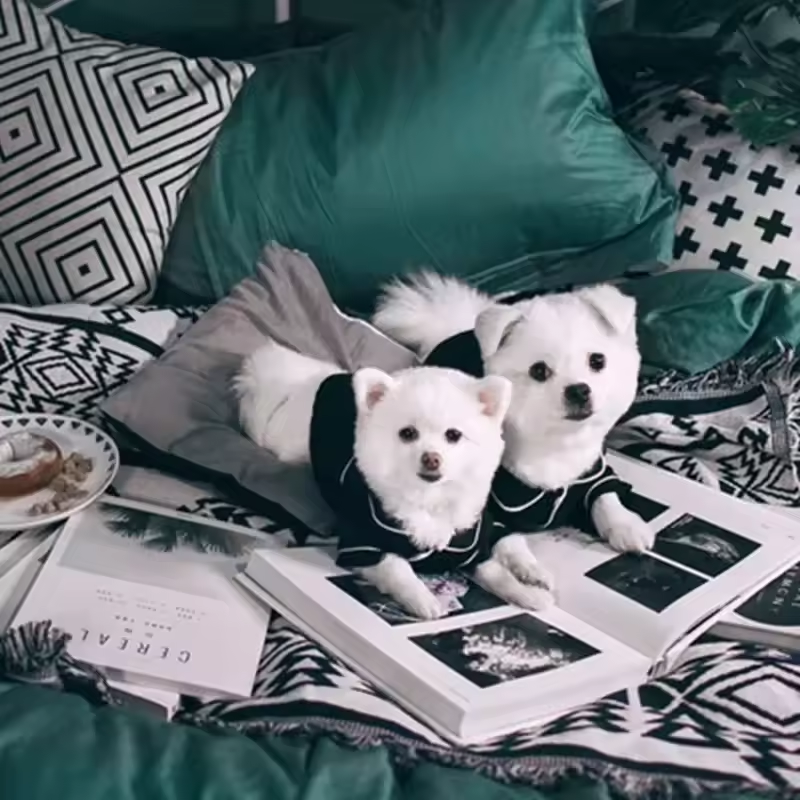
How to Measure Your Dog for the Perfect Fit
A well-fitted outfit is crucial for your dog’s comfort and safety. Follow these steps to measure your dog accurately:
- Neck Measurement:
- Wrap a flexible tape around the base of the neck, where a collar sits. Add 1–2 inches for ease of movement. Ensure the tape isn’t too tight, as it should allow room for a collar or leash without restricting breathing.
- Chest Measurement:
- Measure around the widest part of the chest, just behind the front legs. Avoid pulling the tape too tight, as this can cause discomfort or restrict movement. This measurement determines the width of jackets or sweaters.
- Body Length:
- Start at the base of the neck and measure to the base of the tail. This determines the length of jackets or sweaters. A properly fitted outfit should cover the torso without hanging loosely or pulling too tightly.
- Leg Length:
- For booties or pant-like outfits, measure from the hip to the ground. This ensures the footwear fits snugly without slipping or causing pressure points.
- Weight:
- Some brands use weight ranges (e.g., 5–15 lbs) to determine sizing. Cross-reference with measurements for accuracy, as breeds can vary in proportions.
Use these measurements to consult the brand’s sizing chart. If unsure, order two sizes and adjust based on your dog’s preference. A properly fitting dog clothes item should allow free movement without pinching, slipping, or causing irritation. Always test the fit by having your dog move around, sit, and lie down to ensure the outfit accommodates natural motions. For added precision, measure your dog in the same position they’ll be in when wearing the clothing. By taking the time to measure carefully, you’ll avoid returns or discomfort and ensure your pet looks and feels their best in their new outfit.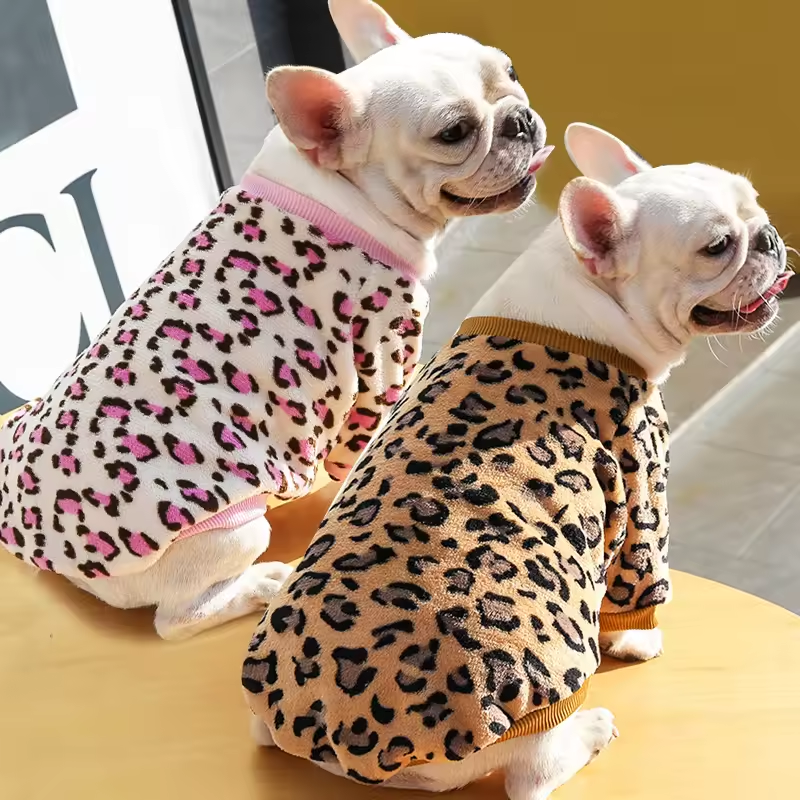
Popular Dog Clothing Brands and Their Offerings
Several reputable brands specialize in high-quality dog clothes, catering to different needs and budgets. Each brand focuses on specific aspects of pet apparel, ensuring there’s something for every dog and owner:
- Ruffwear: This brand is renowned for its functional outdoor gear, including cooling vests, reflective jackets, and weather-resistant raincoats. Ruffwear’s designs prioritize durability and mobility, making them ideal for active dogs who enjoy hiking, running, or playing in harsh conditions. Their products often feature breathable materials and secure closures to withstand rigorous activity.
- Petsfit: Offering a wide range of seasonal and breed-specific outfits, Petsfit provides dog clothes tailored to different climates and occasions. From cozy winter sweaters to lightweight summer tops, their collection includes options for small, medium, and large breeds. Petsfit also emphasizes stylish designs, ensuring pets look as good as they feel.
- Hempz for Dogs: Focused on sustainability, Hempz for Dogs uses organic, eco-friendly materials like hemp and recycled fabrics. Their dog clothes are designed for comfort and environmental responsibility, appealing to owners who prioritize ethical consumption. The brand also offers hypoallergenic options for dogs with sensitive skin.
- Snugpak: Specializing in insulated and waterproof gear, Snugpak creates dog clothes for extreme weather conditions. Their jackets and vests are engineered with advanced insulation technology to keep dogs warm in freezing temperatures while remaining breathable enough for active play.
- Customizable Brands: Many brands, including Etsy sellers and niche retailers, offer personalized dog clothes with embroidered names, printed designs, or unique patterns. These options allow owners to create one-of-a-kind outfits that reflect their pet’s personality. For example, a cute dog clothes set with a floral print could complement a spring garden photo session.
When choosing a brand, consider your dog’s lifestyle, preferences, and the quality of materials. Reading reviews and checking customer feedback can help you determine which brand offers the best fit and durability. Additionally, some brands provide free returns or exchanges if the size doesn’t work, ensuring you find the perfect outfit for your pet.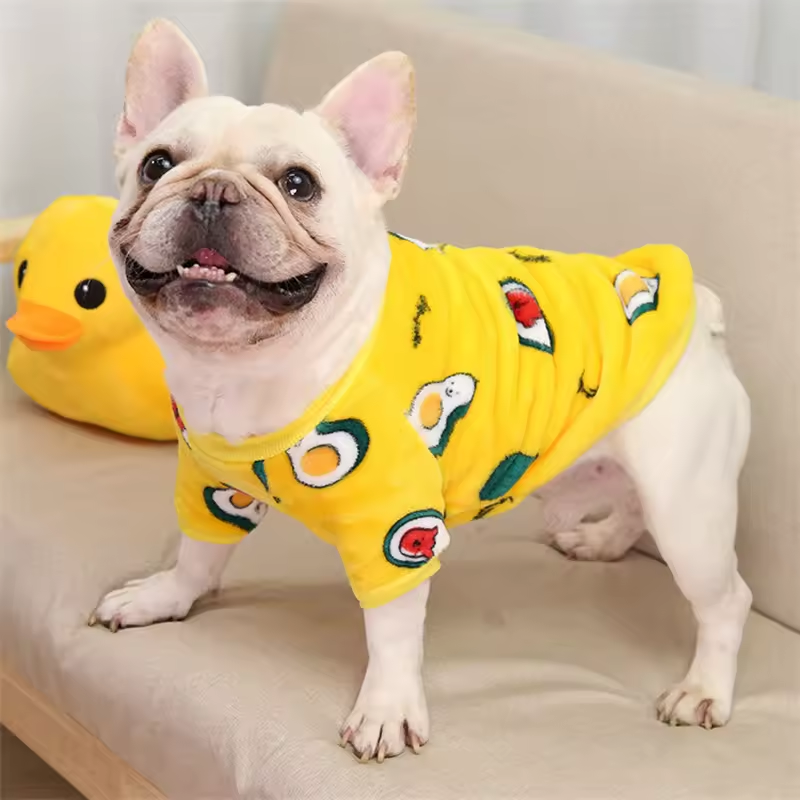
Custom Dog Clothes: Personalizing Your Pet’s Style
For a unique touch, consider custom dog clothes tailored to your pet’s personality. Here’s how to create or order personalized outfits:
- Name or Initial Embroidery: Add your dog’s name to a collar, sweater, or bandana for easy identification.
- Theme-Based Designs: Choose outfits that reflect your dog’s interests, such as superhero capes or sports-themed gear.
- Color and Pattern Matching: Coordinate with your home décor or family outfits for a cohesive look.
- DIY Options: Sew your own dog clothes using pet-safe patterns and fabrics.
- Breed-Specific Features: Incorporate elements like adjustable waistbands for larger breeds or reinforced seams for active dogs.
- Seasonal Themes: Design outfits for holidays, birthdays, or special events without relying on generic templates.
Custom dog clothes make great gifts and allow you to express your dog’s individuality. Prioritize comfort and functionality while ensuring the design aligns with your pet’s lifestyle and preferences.
Ensuring Comfort and Safety in Dog Clothes
While dog clothes can be stylish, safety should always come first. Here’s how to ensure your pet’s well-being:
- Check for Allergies: Avoid synthetic materials that may irritate sensitive skin.
- Avoid Overheating: Remove clothing in warm weather or after exercise to prevent heatstroke.
- Inspect for Damage: Replace torn or frayed items to avoid choking hazards or injuries.
- Monitor Behavior: If your dog shows signs of distress (e.g., scratching, panting), remove the outfit immediately.
Never leave your dog unattended while wearing dog clothes, especially in unfamiliar environments. A happy, comfortable pet is more likely to embrace their new wardrobe.
Caring for Your Dog’s Clothing: Maintenance Tips
Proper care extends the lifespan of dog clothes and keeps your pet looking fresh. Follow these guidelines:
- Washing Instructions:
- Hand-wash delicate fabrics or use a gentle cycle for machine-washed items.
- Avoid harsh detergents that may damage materials or irritate your dog’s skin.
- Drying Methods:
- Air-dry to prevent shrinkage or heat damage.
- Use a low-heat setting if using a dryer.
- Storage:
- Store seasonal dog clothes in a cool, dry place to prevent mold or odors.
- Use breathable garment bags for long-term storage.
- Regular Inspections:
- Check for loose threads, broken zippers, or worn-out seams.
- Replace items that no longer fit or function as intended.
By following these tips, you’ll keep your dog’s wardrobe in excellent condition, ensuring they stay stylish and protected for years to come.
